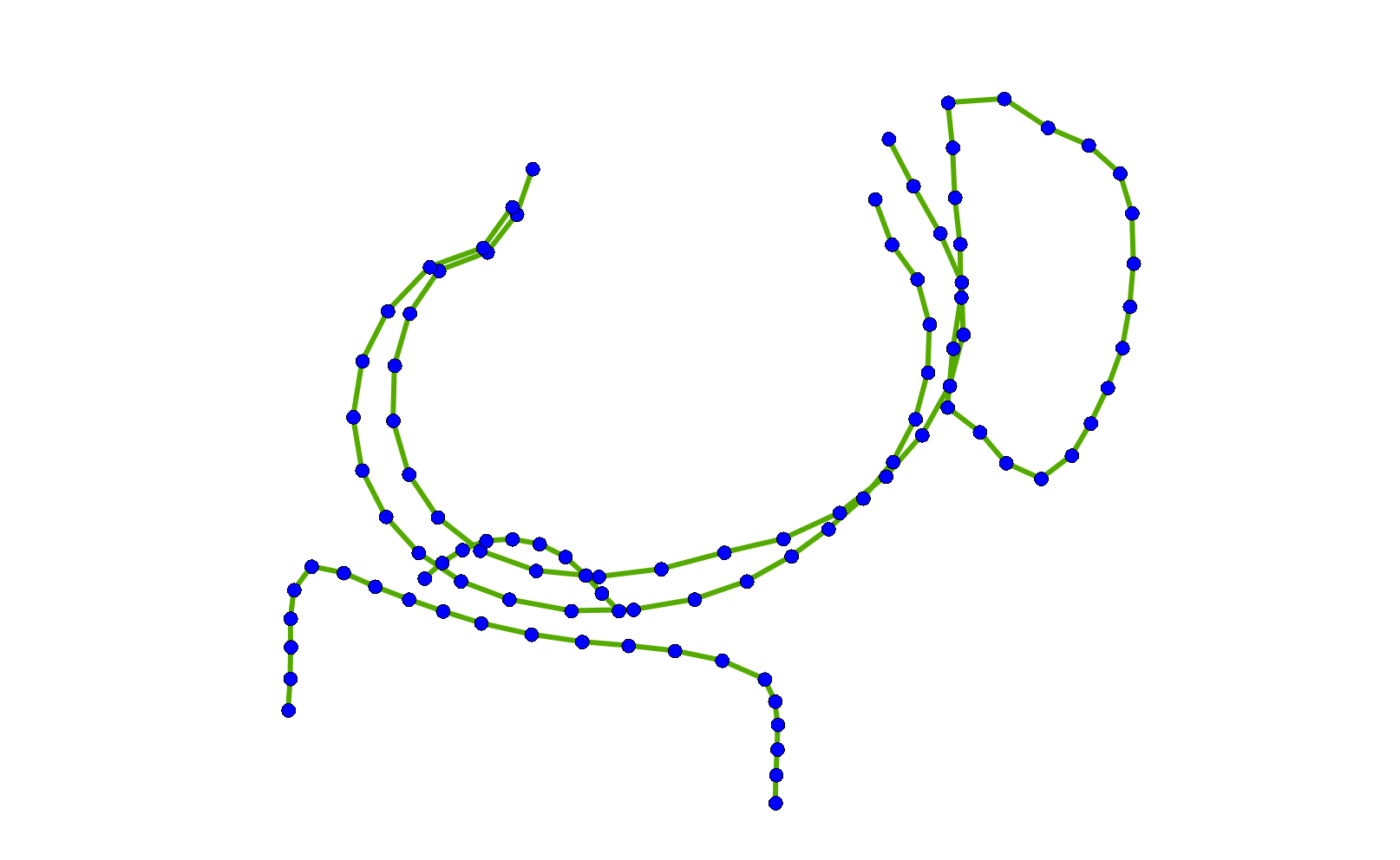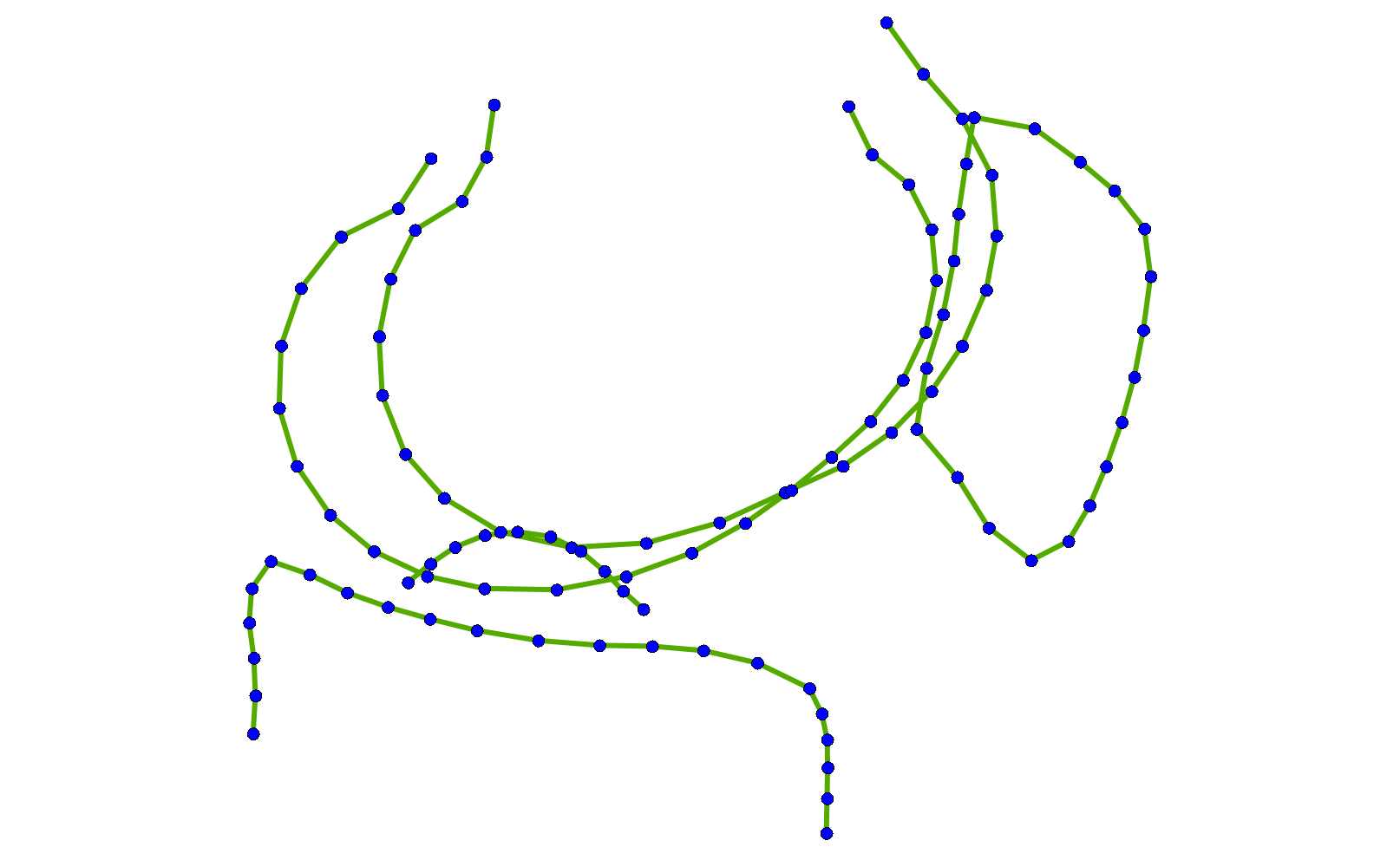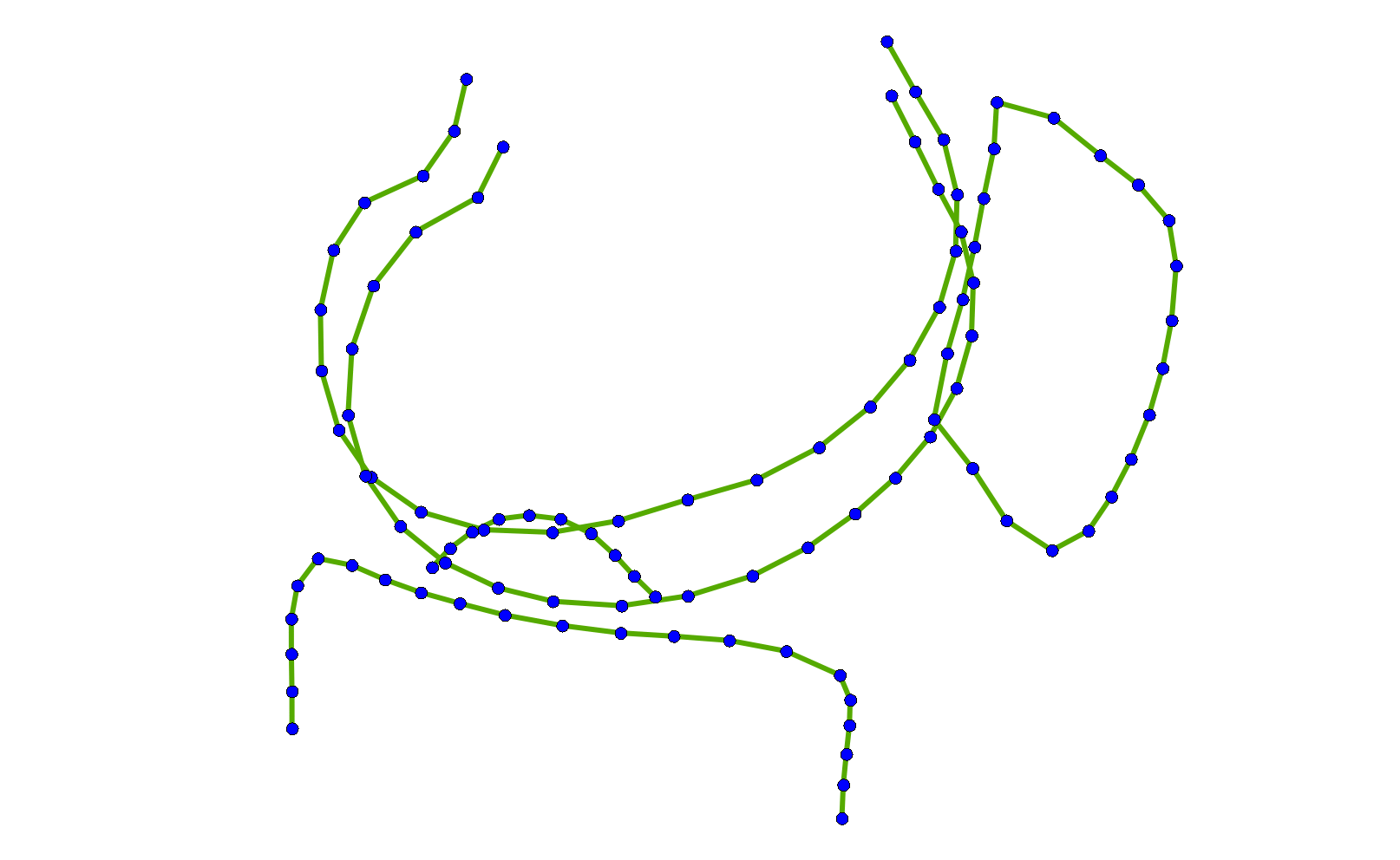 |
 |
 |
 |
Osteoarthritis (OA) is the most common form of arthritis, affecting millions of people around the world. It has been reported [61] that by 2030 around 20% of the American population will be above the age of 65, and that half of them (35 million of patients) will be at high risk of developing OA, the leading cause of disability with about 80% of patients with OA having some degree of movement limitation.
Our project is focused on knee OA, that affects approximately 8 million people only in the UK. The aim of our project is to apply and develop machine learning techniques to fully automatically study the disease.
Our methodology is based on a Random Forest Regression Voting Constrained Local Model (RFCLM) applied to radiographic images to locate landmark points in both single bones and combinations of bones. We used an object detector based on Random Forests (RF) to automatically initialise the RFCLM on each image. The RFCLM returns the found points from which we extracted parameters related to the shape, texture and appearance of the knee joint. We used the components of these vectors as features on which to train a Random Forest classifier.
 |
 |
 |
 |
T.F.Cootes, M.Ionita, C.Lindner and P.Sauer, "Robust and Accurate Shape Model Fitting using Random Forest Regression Voting", ECCV 2012 (PDF)
T.F. Cootes, D. Cooper, C.J. Taylor and J. Graham, "Active Shape Models - Their Training and Application." Computer Vision and Image Understanding. Vol. 61, No. 1, Jan. 1995, pp. 38-59. (PDF)
L. Minciullo, J. Thomson, T. F. Cootes, "Combination of lateral and PA view radiographs to study development of knee OA and associated pain." Proc. SPIE 10134, Medical Imaging 2017: Computer-Aided Diagnosis, 1013411 (March 3, 2017); doi:10.1117/12.2254295. (PDF)